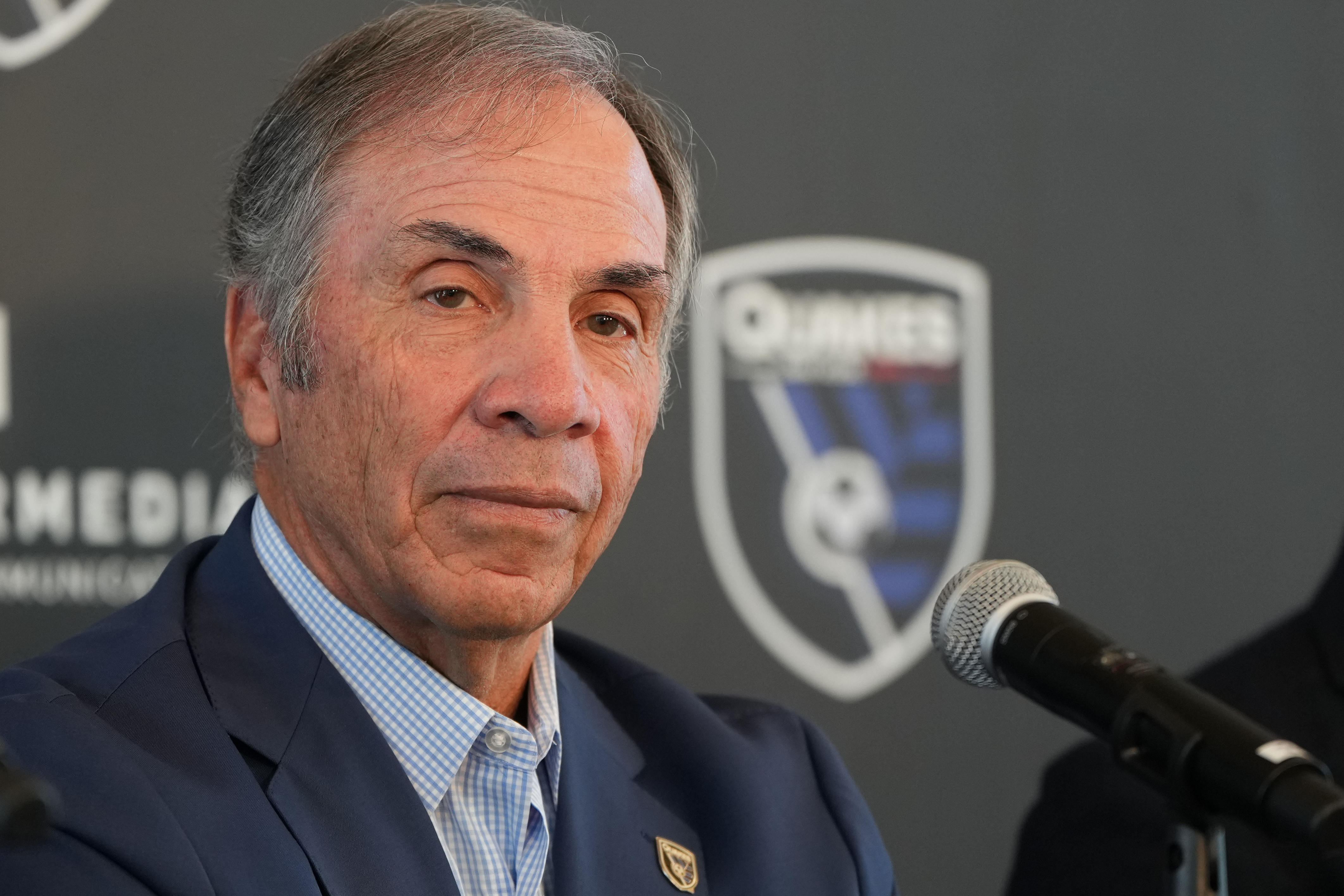What's in a name? Well, for the San Francisco based 3.9 Art Collective, it's a poignant signal of the city's diminishing Black population, and the compounded struggle facing the city's Black artists. Years ago, the group of Black San Francisco-based artists banded together to speak about the struggles facing Black artists -- using art as the group's vehicle.
"The collective retains that name to really speak about this exodus," said writer and art historian Jacqueline Francis who is a member of the group, "and in some ways the invisibility of Black Americans in San Francisco."
The group, a collective of artists, curators and writers, takes its name from a newspaper article that predicted San Francisco's Black population would fall to 3.9 percent. The actual percentage of Black residents fell to just below six percent, but the headline sparked an artistic soul searching for the collective's members.
"The group was basically to talk about the declining Black population of San Francisco," said photographer Ron Moultrie Saunders. "And coupled with that you’re also talking about a small Black artist population that’s disappearing because they can’t afford to live here."
In the face of the daunting economic conditions facing San Francisco's artists, the group has staged workshops, art exhibitions, and grant writing seminars to try and help younger Black artists navigate the future.
"We all want to link arms and support each other," Francis said, "and be a part of what the fabric of the city is."
Currently the collective has a video installation called Black Magic in the San Francisco Arts Commission Gallery, which reflects on the themes of protection and self-care its members experienced during the "twin pandemics of Covid-19 and racism." The installation unfolds over five video screens projecting images created by the individual artists.
Local
Inside a small studio in the SOMA neighborhood, collective artist Ramekon O'Arwisters used zip ties to band together pieces of broken ceramics and fabric to create sculptures that mixed jagged hard edges with boldly colored textiles. He said the plastic ties symbolized the makeshift handcuffs police sometimes employ, while the shards of ceramics called to mind something broken yet beautiful.
"For me they are stand-ins for my feelings of what it’s like to be Black and queer," he said.
Get a weekly recap of the latest San Francisco Bay Area housing news. Sign up for NBC Bay Area’s Housing Deconstructed newsletter.
As a longtime artist in San Francisco, O'Arwisters has watched as the city's Black population diminished over the decades, the exodus picking up as the economy's tech sector soared. And yet, he sees the group as something of a survivor's tale.
"We’re still here, we’re still agitating, we’re still fighting," O'Arwisters said, "through the arts."
At the same time, the group's own membership may reflect the very issue it's warning about.
"Our collective at one time was twenty folks," said Francis. "Right now we’re four, but we’re always looking."
Inside a photo lab darkroom, Saunders used a photo developer to create photos without a camera -- an old-time method of photography that predates the camera where an item is placed on light sensitive paper and exposed to light. Saunders said he uses elements of water in his work, to symbolize the Bayview-Hunters Point Black population, which once worked en masse in the now defunct Naval shipyard, but is now being displaced by gentrification and the lack of job opportunities.
"It’s a way to have a discussion about the disappearance and decline of Black people in San Francisco," Saunders said.
Saunders photos are on display in some BART stations, which is a venue he prefers over an art gallery.
"The thing about doing artwork in communities," Saunders said, "is that you want to create something that they can relate to in response to their history and their culture."
The importance of Black voices reflecting their community, goes straight to the heart of the collective's ethos. That to reflect something, you must first have a true source from which to reflect -- the very thing that's lost, when a community is gone.
"If we don’t have those voices, we’re edited, removed from the narrative," said O'Arwisters. "And that’s a lie."



